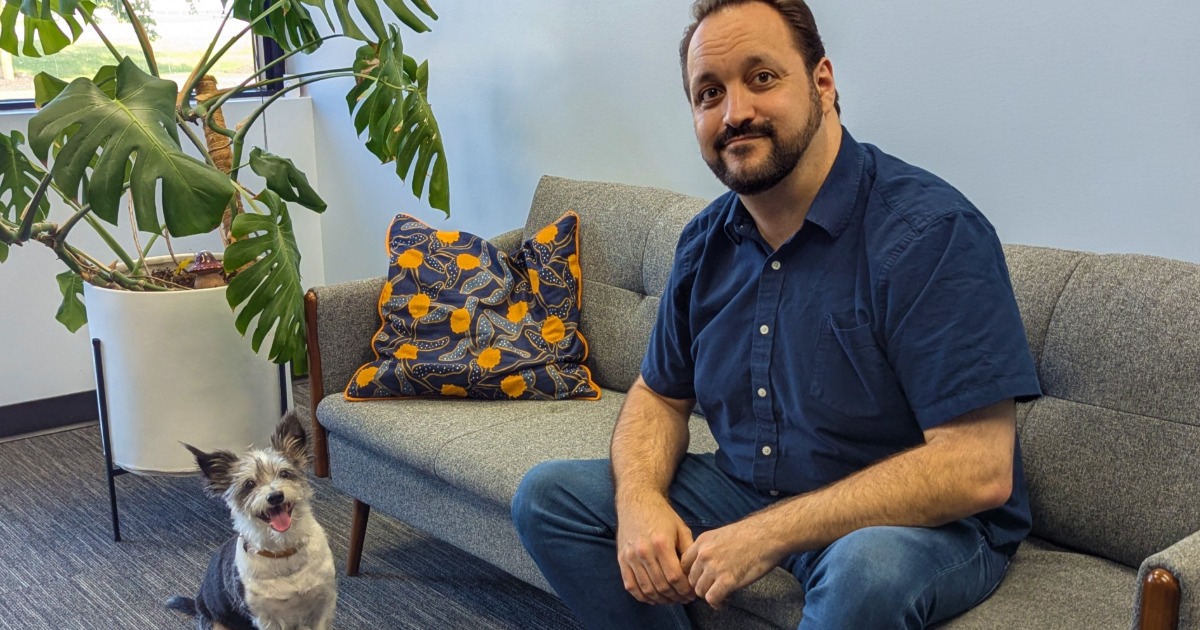At this critical juncture in the evolution of the healthcare delivery system when change is the only constant, hospitals can no longer accept the seemingly intractable inefficiencies and quality and safety problems that have taken root at many facilities. The good news for hospitals grappling with continuous, tumultuous upheavals including seemingly interminable EHR and CPOE implementations, some long-standing problems can be fixed fairly easily and quickly.
For example, most hospitals can’t keep track of patients, physicians, nurses and other caregivers or mobile medical devices resulting in endless productivity-draining “Where’s Waldo?” searches. Nurses – who are among a hospital’s most valuable resources – waste 30 to 65 minutes each shift trying to find equipment, patients and colleagues – a very poor use of their time. These inefficiencies routinely force facilities to delay and reschedule surgeries. It places patients at risk, creates patient and staff dissatisfaction and drives up costs.
Hospitals also have difficulty monitoring whether clinicians comply with hand hygiene protocols or ensuring that equipment is properly cleaned after each use – essential to prevent hospital-acquired infections that Medicare and many private payers have stopped paying for treatment.
These problems can have a devastating impact on patient safety, productivity, revenue, reputation and the patient experience, which will have wide-ranging consequences. With the government moving to pay facilities according to the quality of care they deliver and link patient satisfaction scores to Medicare reimbursement effective Oct. 1, 2012, organizations cannot afford to alienate patients or their families.
To improve clinical, operational and financial performance, hospital leaders must implement solutions that enable them to reduce errors; locate patients, clinicians and equipment; deliver evidence-based clinical decision support; free up nurses to spend more time with patients; and minimize liability risk. One option is a real-time location system (RTLS) that can track and locate people and equipment. RTLS can also send alerts to ensure that hand washing/sanitizing and dirty equipment is properly cleaned or even sterilized if required, before a new patient interaction occurs with the risk of potential infection. Any process breakdown or mean average delay in workflow is identified so it can be rectified real-time for immediate impact to the patient, caregiver, and health organization.
Some other benefits include:
• Better allocation of staffing resources.
• Enabling nurses to spend more time on direct patient care activities, which improves quality, outcomes and patient satisfaction.
• Increasing revenue by enhancing OR and ED patient throughput and maximizing room turnover times and patient flow.
• Cutting costs by eliminating unnecessary rentals and purchases of expensive specialty beds, wheelchairs and other equipment, and monitoring the temperature of blood products, tissue and selected medications to prevent spoilage.
• Automatically documenting key points of care to provide decision-makers with the information they need to pinpoint and address bottlenecks and inefficiencies.
• Facilitating compliance with federal, state and Joint Commission requirements and other quality initiatives.
Enterprises currently are under tremendous pressure to improve quality, safety and efficiency while reducing costs. RTLS is an easy-to-implement system that can deliver a rapid return on investment and offers a way to provide faster and more efficient patient care, and obtain accurate data to improve processes necessary to operate in in today’s changing healthcare environment, without a huge up-front financial investment or ramp-up time and efforts.
Despite 95 percent of the respondents to a recent KLAS Research survey reporting that RTLS resulted in operational efficiency gains, only 10 to 12 percent of North American hospitals have currently deployed the technology. This means that RTLS has the potential to drive dramatic improvements in quality, safety, outcomes, workflow, revenue and patient satisfaction.
Jay Deady is CEO of Awarepoint Corporation, the leading provider of RTLS tracking and workflow solutions for hospitals.


